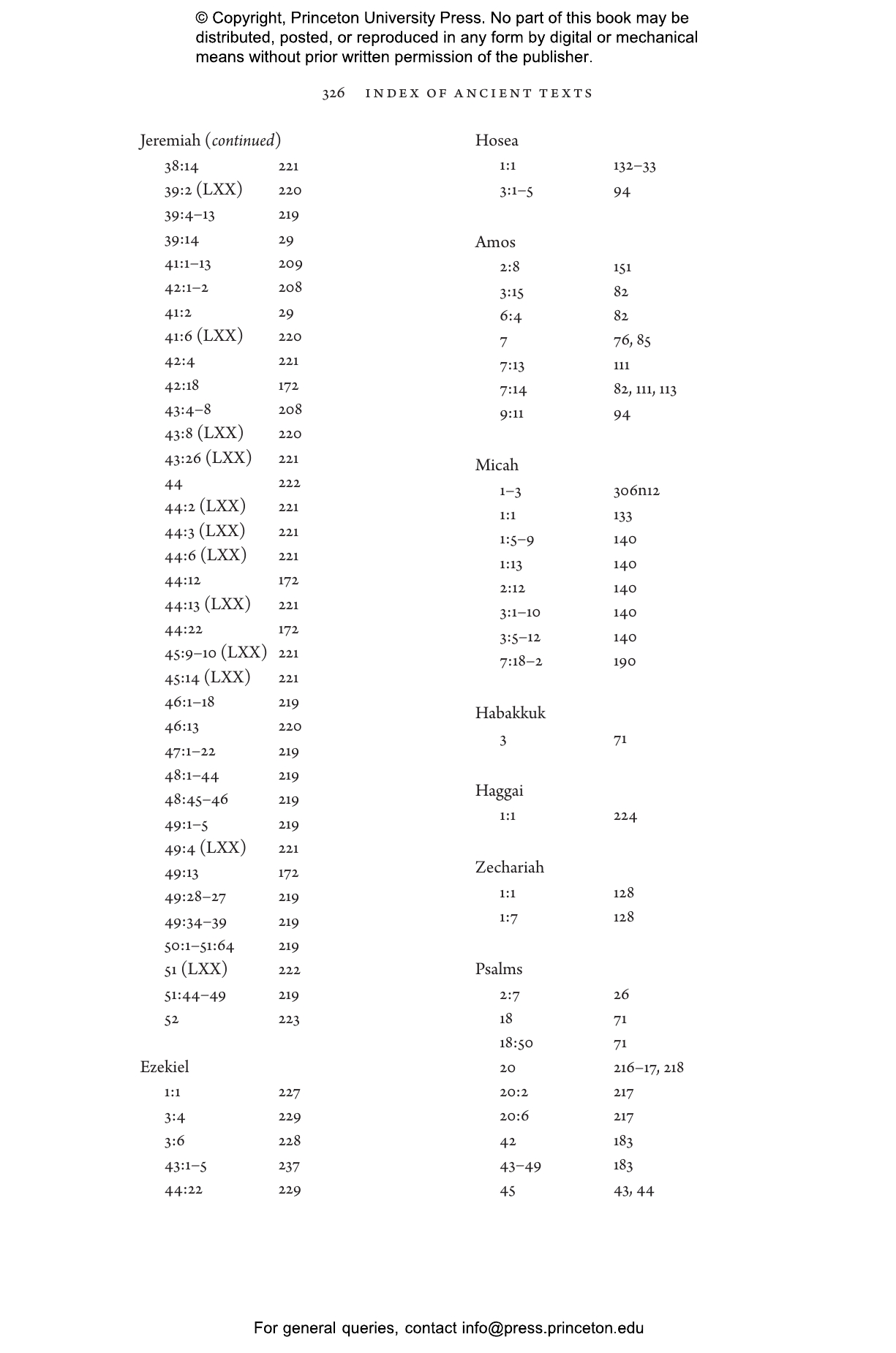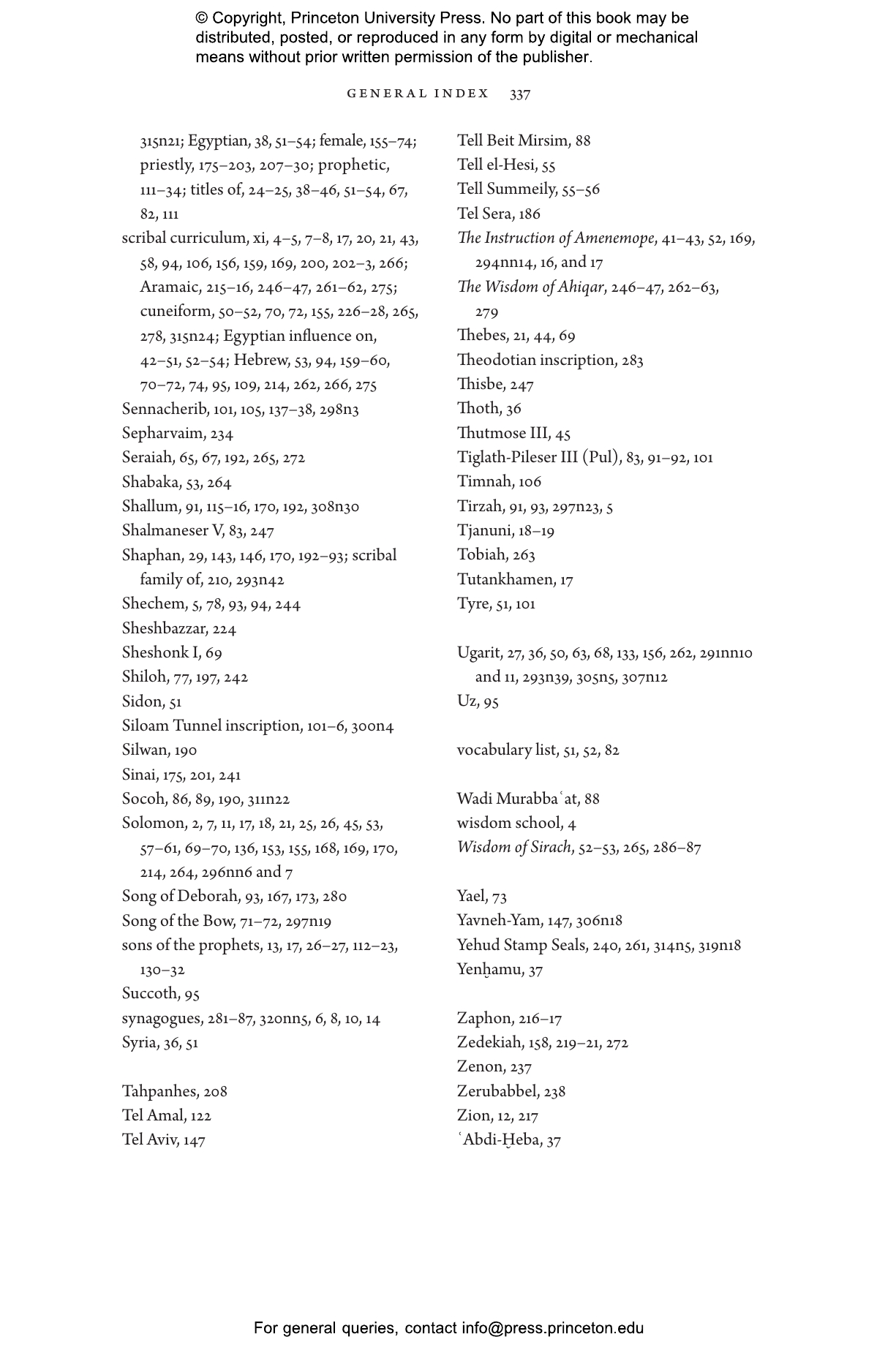Who wrote the Bible? Its books have no bylines. Tradition long identified Moses as the author of the Pentateuch, with Ezra as editor. Ancient readers also suggested that David wrote the psalms and Solomon wrote Proverbs and Qohelet. Although the Hebrew Bible rarely speaks of its authors, people have been fascinated by the question of its authorship since ancient times. In Who Really Wrote the Bible, William Schniedewind offers a bold new answer: the Bible was not written by a single author, or by a series of single authors, but by communities of scribes. The Bible does not name its authors because authorship itself was an idea enshrined in a later era by the ancient Greeks. In the pre-Hellenistic world of ancient Near Eastern literature, books were produced, preserved, and passed on by scribal communities.
Schniedewind draws on ancient inscriptions, archaeology, and anthropology, as well as a close reading of the biblical text itself, to trace the communal origin of biblical literature. Scribes were educated through apprenticeship rather than in schools. The prophet Isaiah, for example, has his “disciples”; Elisha has his “apprentice.” This mode of learning emphasized the need to pass along the traditions of a community of practice rather than to individuate and invent. Schniedewind shows that it is anachronistic to impose our ideas about individual authorship and authors on the writing of the Bible. Ancient Israelites didn’t live in books, he writes, but along dusty highways and byways. Who Really Wrote the Bible describes how scribes and their apprentices actually worked in ancient Jerusalem and Judah.
William M. Schniedewind is professor of biblical studies and the Sady and Ludwig Kahn Director of Alan D. Leve Center for Jewish Studies at the University of California, Los Angeles, where he was the inaugural holder of the Kershaw Chair of Ancient Eastern Mediterranean Studies. He is the author of How the Bible Became a Book, A Social History of Hebrew: Its Origins Through the Rabbinic Period, The Finger of the Scribe: How Scribes Learned to Write the Bible, and other books.
"Insightful and enjoyable. . . . Schniedewind’s erudite but still conversational prose brings admirable clarity to ancient breadcrumb trails of evidence. It’s an enlightening deep dive into the social world in which the Bible was written."—Publishers Weekly
"[An] illuminating book."—Library Journal
"An important work in academic biblical studies."—David Tesler, AJL Reviews
"An important corrective to the tendency to impose contemporary notions of lone authorship onto these ancient texts."—Choice
“William Schniedewind has done it again! Another marvelous journey through the world of ancient Israelite scribal culture, replete with great images to guide the reader at every step. This book needs to be read by anyone interested in the ancient world generally and by everyone interested in how the Bible came to be.”—Gary Rendsburg, author of How the Bible Is Written
“Scribes, not authors; communities, not individuals; apprenticeships, not schools. Schniedewind systematically dispels ideas that have long inhibited our understanding of the scribes behind the Bible. With his inimitable command over both textual evidence and material culture, Schniedewind offers fresh insight into many puzzles, including who (really) wrote the Bible.”—Sara Milstein, author of Making a Case: The Practical Roots of Biblical Law
“This book is a must-read for scholars and anyone interested in the history of the people behind the Hebrew Bible. Who Really Wrote the Bible builds on Schniedewind’s past work to bring together the biblical, inscriptional, and comparative evidence for ancient scribal communities. Importantly, Schniedewind adds a theoretical framework (the ‘community of practice’ model) which helps explain how a distinctive scribal culture emerged in the first-millennium-BCE southern Levant, and how these ‘scribal communities of practice’ contributed to the writing and editing of the Bible.”—Alice Mandell, author of Inscribing the Spaces of the Dead in Ancient Judah
“In this highly innovative and original book, William Schniedewind provides an exciting reconstruction of the world of biblical scribes. The Bible was not written by individual authors, but by scribal communities. Schniedewind brings their history to his readers in a very accessible way, based on epigraphical and biblical sources.”—Konrad Schmid, author of A Historical Theology of the Hebrew Bible
“With feet on the ground, Schniedewind expertly bridges the gap between excavated Hebrew inscriptions and the unparalleled collection we know as the Bible. He brings to life communities that trained and employed professional scribes, and the social networks that supported the production, preservation, and transmission of texts, including those that became biblical.”—Lauren A. S. Monroe, author of Josiah’s Reform and the Dynamics of Defilement






























